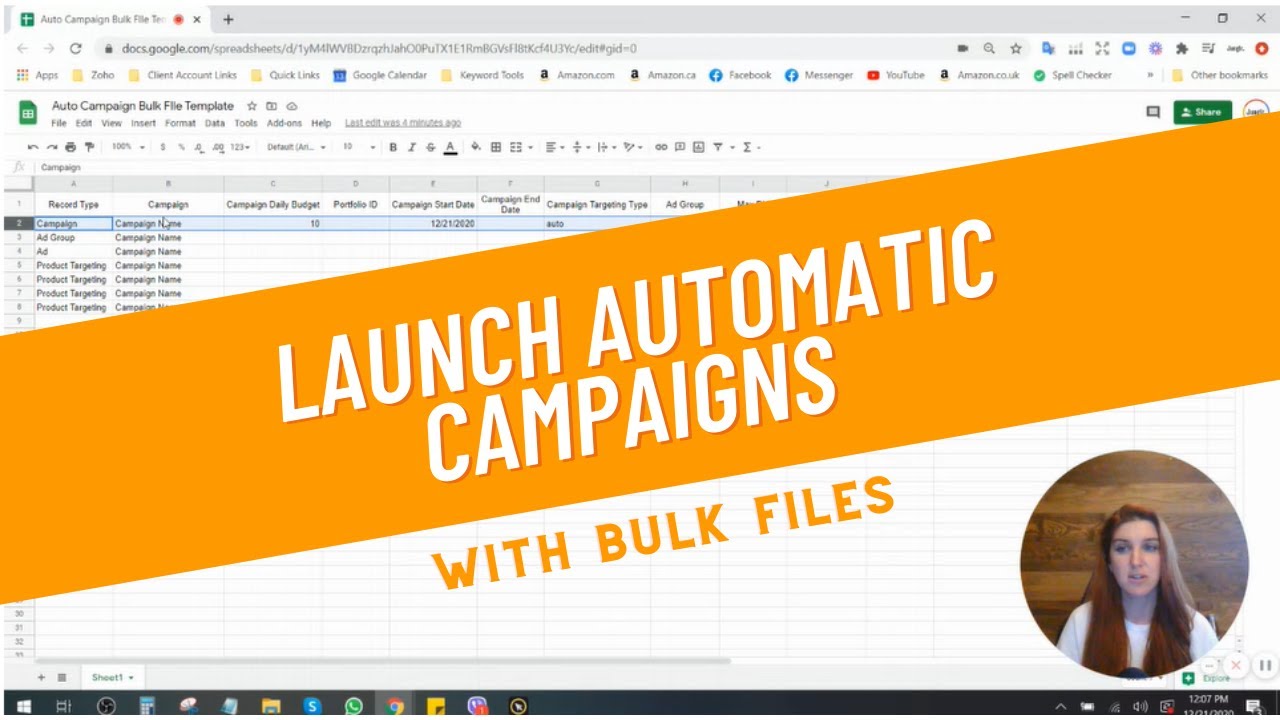
Your Amazon or Etsy store can be placed on vacation mode to keep your listings hidden while you are on vacation. Although this will give you some time off from your normal work, you will still need respond to customer inquiries. While this can be a great solution for business owners who are looking to get away, there may be downsides.
It may take some time for normal listing activity to resume after you return to work. It shouldn't take that long if you have a consistent sales pattern. You'll still have to fulfill customer orders, respond to customers' messages, and maintain your rankings. It is important to keep track of your advertising campaigns so that you can ensure they are performing as expected. It's important that you take the time to maintain your brand reputation, as this can have an impact on your ratings.

You should ensure that your Etsy ads campaign was properly set up during your vacation. Once you return from vacation, your ads campaign will be reactivated with the same ads. Also, ensure you have enough money for your campaign. In order to get your advertising campaign up and running again, you might need to temporarily raise your prices.
If you have unusually large orders you need to ensure that your vacation mode is on. Otherwise, your shop will be harder to find when you return. These settings will not guarantee growth in sales. It's best to use this mode only if you need a break.
If you don’t want to use vacation mode, you can completely disable it and your listings will still be active. You can do this by accessing the Seller Central console and going to Settings. You can then select the Out of Office email response option and check the box labeled Turn On. You will then need a vacation start and end date.
There are many other options available, such as temporarily raising prices or deactivating listings. These options may not affect your recent activity score, though. You might not find the right option for your shop. Make sure to try them out before you leave on vacation.

You may also want to deactivate the listings. This option can be a great way of preventing new customers from buying your items while you're gone. To make the listings online again, you will need a manual publication. However, this can take several hours. You'll need to monitor your advertising campaigns as well as check on buyer communications while you are away.
You can also enable vacation mode in your eBay store. This option is great to eCommerce business owners who need a break form the daily tasks of running their shops.
FAQ
Why should I not believe the online and in-store sales hype?
Some sites will exaggerate the cost of an item's initial price to make it seem like you are getting more. This is why it's important to do your research and verify the prices that are being offered. Make sure to add the item you are interested in to your shopping cart so it doesn't get lost. Then, search Google for the designer name and type of product that you are searching for. You might be surprised at how much you actually paid for the deal. You might find the exact item on sale for less.
How to avoid fraud while using credit cards online?
You should always check the statements before you purchase online credit cards. Pay only what you owe on your bills. You should check your bank statement often to verify that there are no suspicious charges. If you notice any unusual charges, call your card issuer immediately. They will typically cancel the transaction or refund any money taken out of your account.
Contact your local police department if you believe you have been scammed. The Federal Trade Commission can also be contacted.
How can I get the most value for my money when buying clothes online?
There are many things you can do online to get the best price for your clothes. You should first take advantage of free shipping offers offered by certain retailers. These promotions often offer free delivery within Australia.
Before making a purchase, make sure you check out their return policy. Some websites allow for returns within 30 days. Others do not offer refunds.
Third, make sure to check out reviews of any retailer you're interested in buying from. This way, you'll know whether they are reputable and reliable.
Fourth, compare prices between different retailers. There are many comparison websites that allow you to compare prices from different retailers side-by-side.
Don't forget to look out for coupon codes or sales on certain brands and clothing types. You can check the site often for new offers.
Statistics
- The tax is automatically added once you click the checkout button, so factor in an additional 20% when looking at the product page. (makeuseof.com)
- An approximately 90% increase in price affords Hotel X the opportunity of extreme profits under severe circumstances. (dos.ny.gov)
- Beyond that, you'll be liable for a 25% import tax. (makeuseof.com)
- The vast majority only change a password to protect privacy a few times a year (27 percent) or, more likely, never (35 percent). (pcmag.com)
External Links
How To
What are safe online shopping skills?
Anyone who wishes to shop online securely should be able to do so safely. It's also beneficial to learn how to purchase from different websites, without being conned.
Read on if you want to know what to do when buying items online! This article will provide you with all the information and tips to make sure that you don't fall for scams.
-
Do your research. Before you decide to shop online, it's essential to do your homework first. You can read reviews about the company and look for feedback from customers. Refer to friends for suggestions.
-
Compare prices. If you aren’t certain whether a particular retailer is trustworthy, compare prices from multiple sellers. You might also consider price comparison apps such as Amazon Price Checker and Google Shopping. These tools allow you to see which retailers offer the lowest prices.
-
Look out for red flags. Be aware of red flags that may indicate a scammer trying to trick your. For example, many fake sites contain misspelled words and grammatical errors. These sites often sell fake products or incomplete products.
-
Beware of pop-up windows. Pop-ups are sometimes used by websites to collect passwords or credit card numbers. These pop-ups can be closed by pressing "escape" and choosing another browser window.
-
Ask yourself questions. Ask yourself these questions whenever you visit a website. Is it offering something I need? Do I have the ability to trust the people who run the site?
-
Don't divulge any personal information. Never provide financial information such as your Social Security number, bank account number, or credit card details over the phone or via email unless you initiated the transaction.
-
Avoid clicking on emails that contain links. It's easy for an email to contain a link that leads to a phishing page. To avoid this type of fraud, only open emails from trusted sources (such banks)
-
Use strong passwords. Strong passwords should include symbols, numbers, letters. Keep your password confidential and don't share it with anyone else.
-
Downloading files should be done with care. Always download files directly rather than opening attachments via email. Never open attachments from unknown senders. And if you receive an attachment that asks you to install software, delete it quickly.
-
Report suspicious activity. Contact your local police department immediately if your identity is suspected to have been stolen. You can also file a complaint with the Federal Trade Commission.
-
Protect your device. Make sure your computer has anti-malware protection. This could prevent hackers from accessing your private information.
-
Scammers targeting senior citizens are to be avoided. Scammers targeting seniors are particularly vulnerable because they have less ability to recognize fraudulent messages or websites.